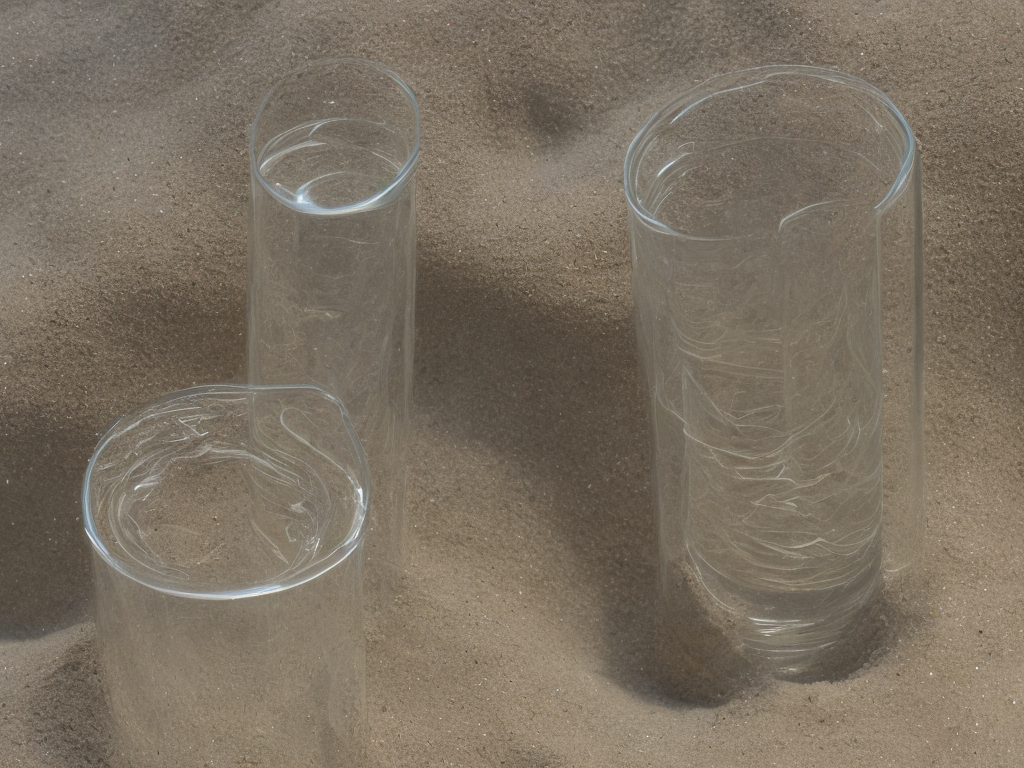
Sedimentation is the process of settling down of particles or solids due to gravity. This process occurs in various natural and anthropogenic systems such as rivers, lakes, settling tanks, and wastewater treatment facilities. Elutriation, on the other hand, is a process that separates particles of different sizes by using a fluid medium that can carry away the smaller particles while leaving behind the larger ones.
Sedimentation is a process that can occur naturally in rivers and lakes. As water flows through a river or lake, it can carry with it a variety of particles such as sand, soil, and other debris. However, as the water slows down or comes to a halt in a lake or reservoir, these particles start to settle out of the water and sink to the bottom. This process is known as sedimentation. Similarly, in wastewater treatment plants, sedimentation is commonly used to separate out solids from liquids. In these systems, wastewater is allowed to settle in large tanks, and the solids settle to the bottom while the liquid is removed from the top.
Elutriation, on the other hand, is used to separate particles of different sizes by using a fluid medium. The fluid medium can be a gas, liquid, or a mixture of both. The process involves suspending a sample of particles in the fluid medium and then introducing a flow of the medium. The velocity of the fluid medium is then gradually increased until the smallest particles start to be carried away while the larger particles remain behind.
One of the primary differences between sedimentation and elutriation is the mechanism of separation. In sedimentation, separation occurs due to gravity, which causes the larger particles to settle down faster than the smaller ones. The settling process is allowed to continue until the particles reach the point where the force of gravity is balanced by the resistance of the surrounding fluid. In contrast, elutriation relies on the drag force exerted by the fluid medium on the particles. The smaller particles experience less resistance from the fluid medium and are easily carried away while the larger particles remain.
Another difference between sedimentation and elutriation is the type of particles each process is best suited for. Sedimentation is ideal for separating out particles that have different densities or settle at different rates. For example, in wastewater treatment plants, sedimentation is used to remove heavy particles such as sand and gravel from the wastewater. Elutriation, on the other hand, is better suited for separating particles based on their size. This makes it ideal for applications such as particle size analysis, where it is necessary to separate particles into different size fractions.
In terms of equipment, sedimentation is typically accomplished using large settling tanks or basins. These tanks can be rectangular or circular in shape and are often constructed of concrete or steel. Elutriation, on the other hand, requires specialized equipment such as sedimentation columns, which are tall glass or plastic tubes that allow for the separation of particles of different sizes through the introduction of a fluid medium.
One disadvantage of sedimentation is that it can be a slow process. In natural systems, sedimentation can take days or even weeks to occur. In wastewater treatment plants, it can take several hours for the solids to settle out. Elutriation, on the other hand, can be a relatively quick process that can take only a few minutes to complete.
Another potential disadvantage of sedimentation is that it is not effective at removing very small particles. For example, particles that are smaller than 10 microns in diameter may not settle out of the water at all. Elutriation, on the other hand, can effectively separate out particles as small as 1 micron in diameter.
In conclusion, sedimentation and elutriation are two important processes that are used to separate particles of different sizes or densities. Sedimentation relies on the force of gravity to separate out particles, while elutriation uses a fluid medium to carry away smaller particles. Both processes have their advantages and disadvantages, and the choice of process depends on the type of particles that need to be separated and the desired outcome.
 Self-Instruct
Self-Instruct